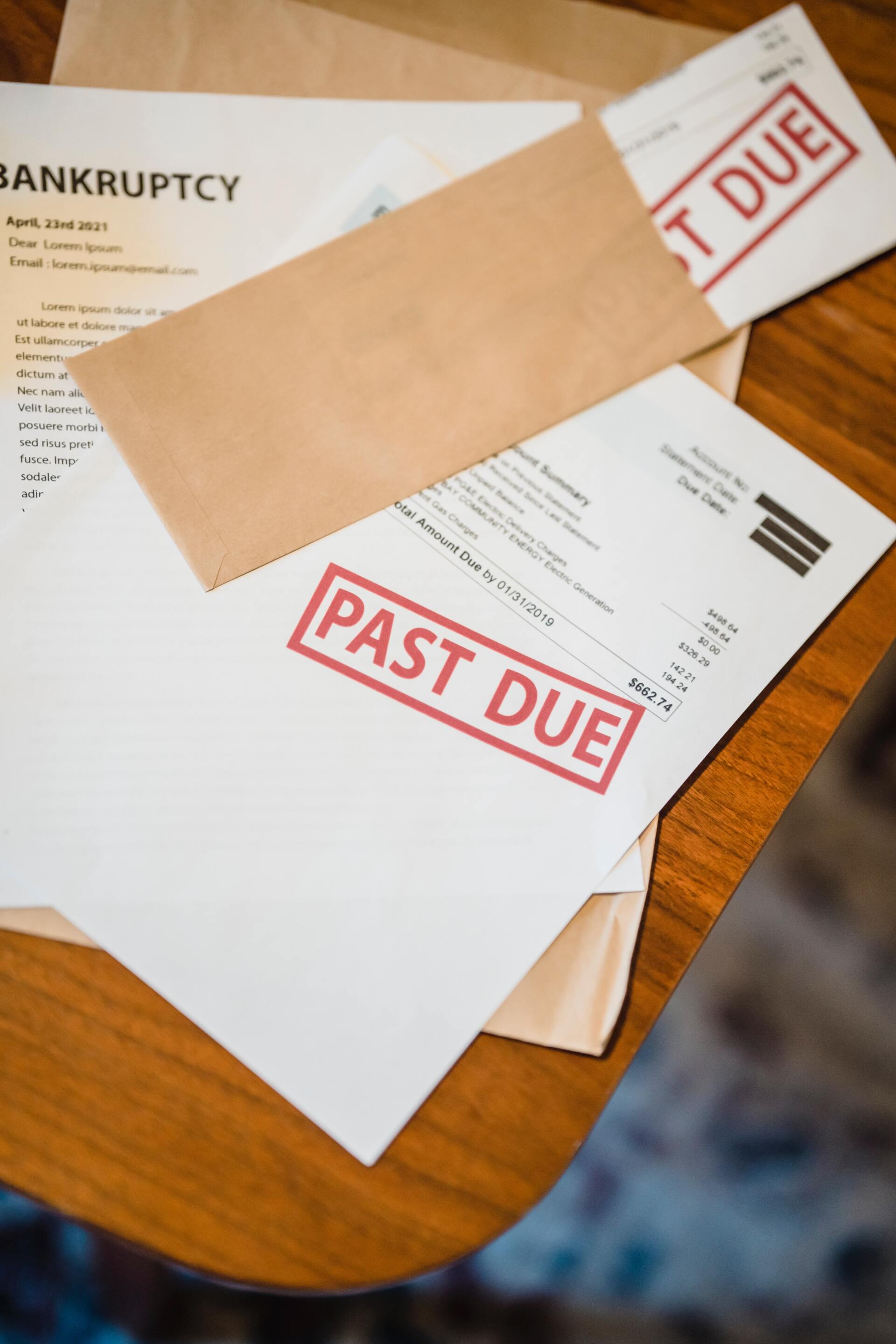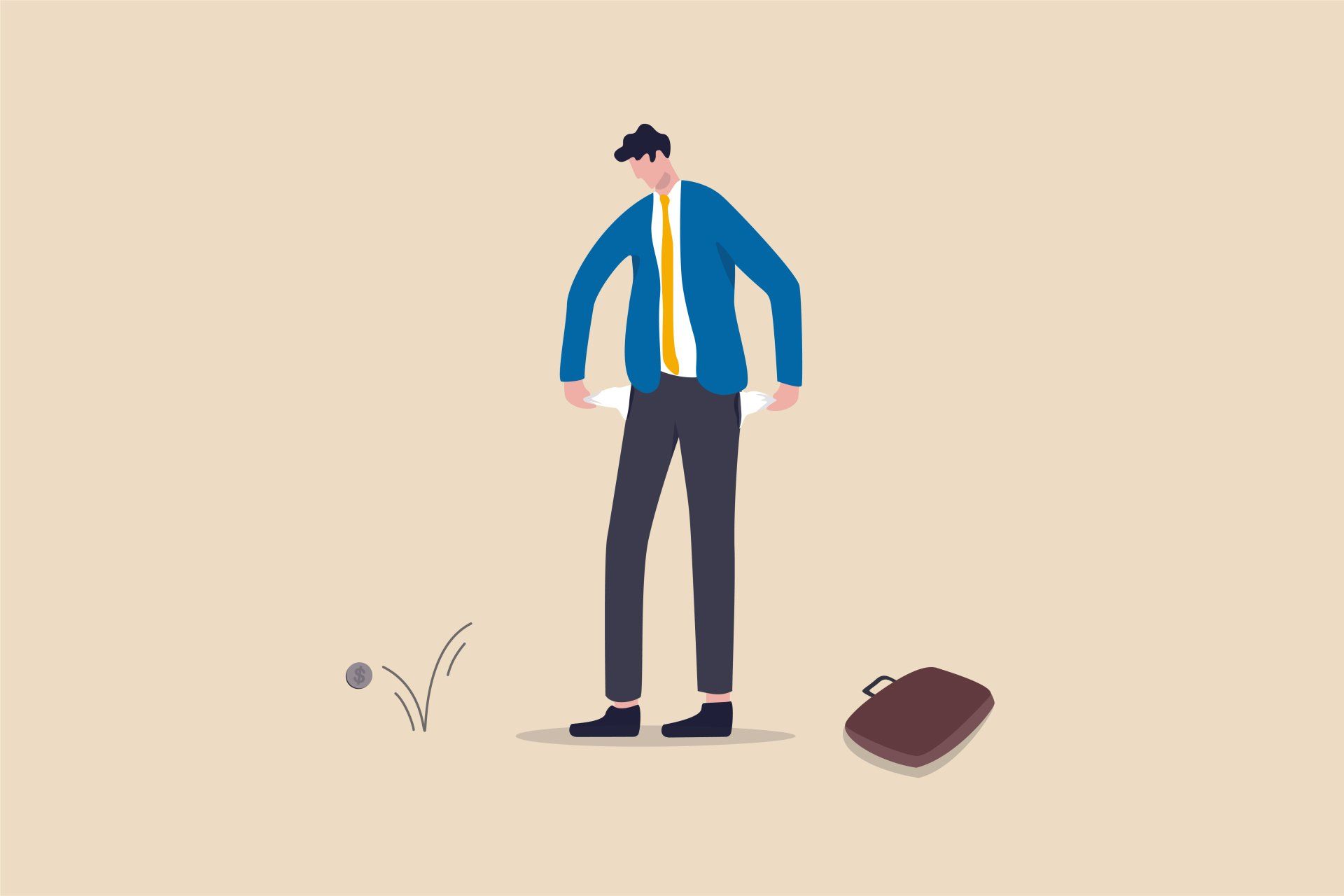Chapter 13 Bankruptcy Attorneys
Payment Plans Available
Low Legal Fees
FREE 1-Hour Bankruptcy Consultations
What is Chapter 13 Bankruptcy?

Who Is Eligible for Chapter 13 Bankruptcy?

Chapter 13 Repayment Plan

The Chapter 13 Trustee
The Chapter 13 Trustees are appointed by the Court to represent the interest of the creditors, They have two roles to play. In Oregon, there are two Chapter 13 trustees: Naliko Markel, based in Eugene, and Wayne Godare, based in Portland.
First, they evaluate and respond to the proposed plan to make sure that our plan is feasible and that we are paying enough to the unsecured creditors. They also monitor the case throughout the life of the plan to make sure we are following the rules, like turning over tax refunds and reporting increases in income.
Second, they handle the payments and distribute the money to the creditors as provided in the approved plan. So the Chapter 13 trustee is both like the policeman who makes sure we aren’t breaking any rules and also like an escrow company that takes in and pays out money as instructed.
How Chapter 13 Can Help You

Chapter 13 can stop a foreclosure. It can give you protection against garnishment for taxes while you repay them over a 5 year payment plan. In contrast, the ODR will only give you 18 months outside of bankruptcy.
Chapter 13 can let you fix the value of the collateral for a secured debt and let you pay just that amount instead of the full amount that you owe. This is especially important for tax liens because often they are for much more in taxes than you have in assets.
Chapter 13 can let you keep assets like your home or business when there is non-exempt equity that the trustee in a Chapter 7 case would try to recover by selling your home or shutting down your business and selling its assets.
Wage Garnishments
Chapter 13 can not only stop wage garnishments and let you recover money taken in the 90 days before your case was filed like Chapter 7 but it can also prevent additional garnishments for taxes or past due child support or alimony for the entire time that you are in Chapter 13. This is very important since those garnishments could resume as soon as the discharge is entered in a Chapter 7 case, usually about 90 days after the case is filed. So you are quickly back in the situation where you are left with 75% of your net income to try to pay 100% of your living expenses, including house or car payments. So Chapter 13 gives you extended protection while you pay back the taxes or back support payments that would otherwise be subject to garnishment right after your Chapter 7 is over.
Foreclosure
Another powerful tool available in Chapter 13 is the ability to stop a foreclosure and reinstate your home loan.
In Chapter 7, you are on your own in trying to cure the mortgage arrears and the lender can reschedule a foreclosure sale as soon as the discharge is entered, usually about 90 days after Chapter 7 is filed. But Chapter 13 gives you up to 5 years of protection against another foreclosure sale and lets you cure the arrears through the plan and reinstate your loan.
So as long as you don’t miss more house payments or any Chapter 13 Plan payments, at the end of Chapter 13 you are all caught up on your house payments and don’t have to worry about another foreclosure sale.
Get Assistance With Your Chapter 13 Bankruptcy Case
If you think that you might need to file Chapter 13, contact us to discuss your questions. We can help by evaluating your alternatives including making a deal with the Chapter 7 trustee if the problem is non-exempt equity or your prospects for a settlement offer with the IRS or Oregon Department of Revenue if the problem is taxes that will survive a Chapter 7.
If Chapter 13 is the best way for you to get back to a normal financial life, we can help by making sure that you don’t pay more than you have to in your Chapter 13 Plan. With years of experience, we’ve helped hundreds of clients make it successfully through Chapter 13 by keeping their payments as low as legally possible.
We can make sure that tax liens are paid and removed or that your home is protected from foreclosure or judgment liens. Chapter 13 can be complicated and you need the help of attorneys, like us, who will give your situation the thorough and detailed attention it needs.
We’d be happy to talk to you about your individual situation and whether you have any reasons to think you might need to file a Chapter 13 instead of Chapter 7. You can
contact us to request a free consultation by phone, in person, or by a video link.
Chapter 13 Bankruptcy FAQ's
-
How much debt do you pay back in Chapter 13?
It depends on your exact situation. There are certain things that have to be paid, like taxes and back support payments, mortgage arrears or vehicles that were purchased more than 910 days ago and are upside down. You also have to pay the unsecured creditors at least what they would have received if you had filed Chapter 7. But most cases pay less, usually much less, than 100% of the debt.
-
What is the average monthly payment for Chapter 13?
This also depends on your individual situation. Many of our clients have plan payments of $200.00 to $250.00. However, nationwide, because some cases involve higher income families or large amounts of taxes or vehicle payments, the average is probably more like $500.00 to $600.00. We have the experience to know what to do to keep your payment as low as possible.
-
What is the average credit score after Chapter 13?
Your credit score after a Chapter 13 depends on how bad your credit was when you filed the case. The better your credit going into Chapter 13, the better it will be when it is done. But it isn’t any easier to rebuild after a Chapter 13 than it is after a Chapter 7. Just like with Chapter 7, you will have to work to rebuild your credit to get your score back up into the upper 700s range. We’re here to advise you and answer your questions even after the discharge in your bankruptcy case. We understand that a Chapter 7 or a Chapter 13 is just the first step in rebuilding your credit and getting back to a normal financial life.
Call for a Free One-Hour Bankruptcy Consultation
Payment plans available
(541) 344-7472
"We have used Stephen Behrends for most of our legal needs for our business since 1986. He is extremely knowledgeable and honest."
- Bonnie P via Google


Share On: